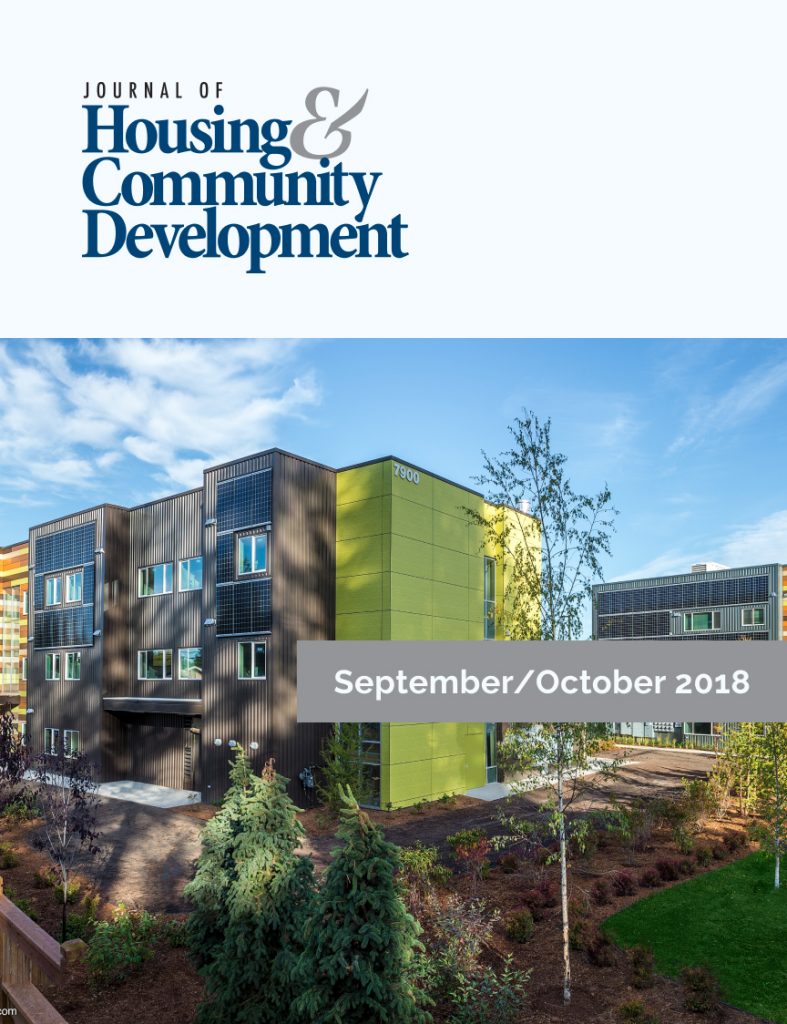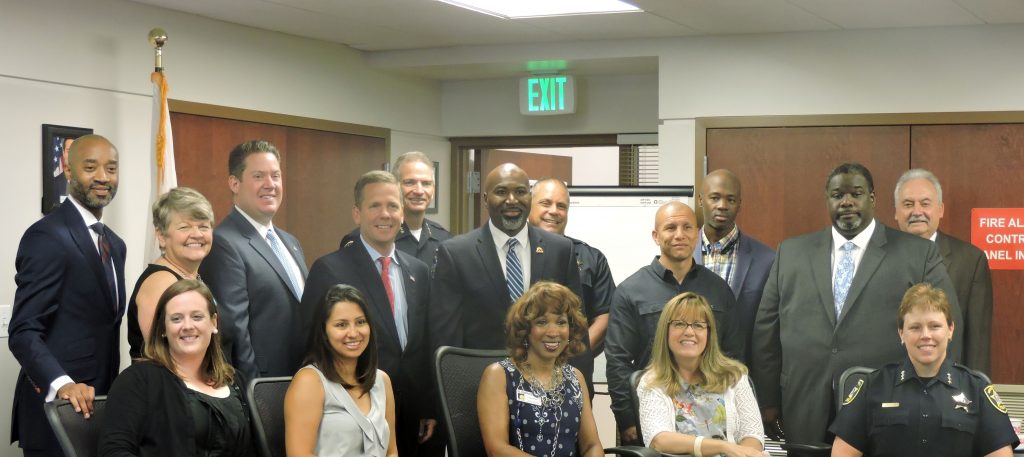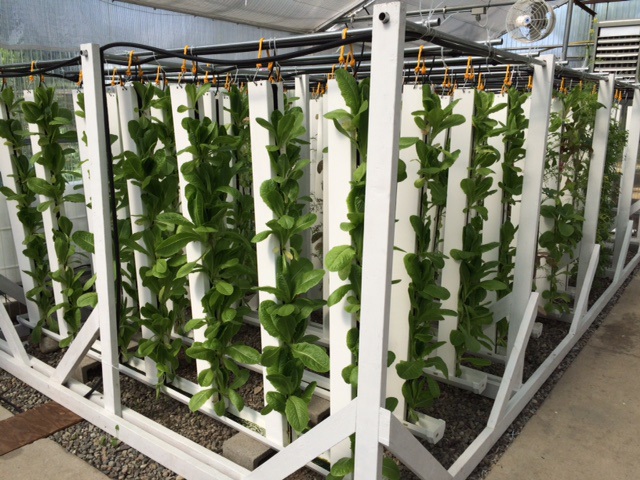Cities 2030, Cities for All: World Urban Forum 2018
All NAHRO representatives personally funded their trip to the World Urban Forum. They did not receive funding or reimbursements from NAHRO for travel expenses.
From February 7 to 13, members of NAHRO’s International Research and Global Exchange Committee (IRGE) traveled to Kuala Lumpur, Malaysia to participate in the ninth session of the World Urban Forum (WUF9), a non-legislative technical forum convened by the United Nations Human Settlements Programme. IRGE members, Ramsey Jay, Don May, Tami Fischer, and Dan Trozzi were just a few of the more than 23,000 stakeholders from 164 countries that gathered at the Kuala Lumpur Convention Center, located at the base of the Petronas Twin Towers. The WUF9 delegation was diverse: 45 percent of the attendees were women, 40 percent were under 32 years old, and more than 100 delegations had representatives at the ministerial level.
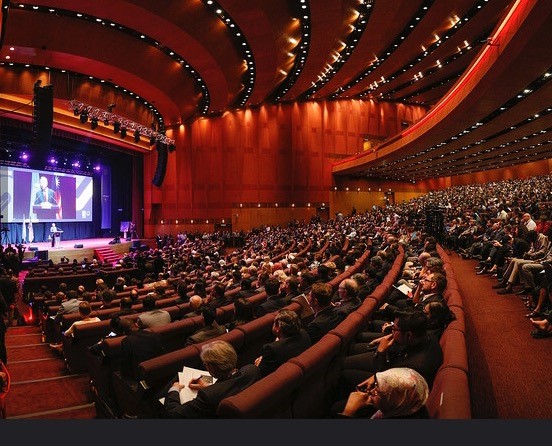
The global population is expected to grow by 30 percent in the next 30 years, placing a greater need on access to affordable food, clean water, affordable housing, healthcare, and more. Delegates from national, sub-national, local levels of government and civic leaders from around the globe came together at WUF9, titled “Cities 2030, Cities for All: Implementing the New Urban Agenda,” to discuss the current implementation of the New Urban Agenda (NUA), an urbanization action blueprint for UN-Habitat and their partners. The NUA was adopted in October 2016 at the United Nations Conference on Housing and Sustainable Urban Development – Habitat III (HAB III) in Quito, Ecuador and sets out a common vision and global standards for urban development to make cities inclusive, safe, and sustainable.
The NUA comes at a critical moment because the global population is expected to grow by 30 percent in the next 30 years, placing a greater need on access to affordable food, clean water, affordable housing, healthcare, and more. Since, more than half of the world’s population currently resides in urban areas, responsibly planned and managed cities could become a main tool for sustainable development and a solution to many of the world’s social and environmental challenges.
The speed and scale of urbanization bring many challenges, including a growing demand for affordable housing, efficient transportation systems, and social services for those in need. Speakers reminded the members of the delegation that they should be an integral part of the implementation of the NUA in their communities. In order to set attainable goals, delegates must identify their community’s challenges — e.g., lack of economic growth, gender and racial inequality, and access to affordable housing — and use the insight gained from WUF9 to shape them. For example, one presenter noted that cities are typically built for the rich and able-bodied and must, going forward, be built to include the poor and disabled.
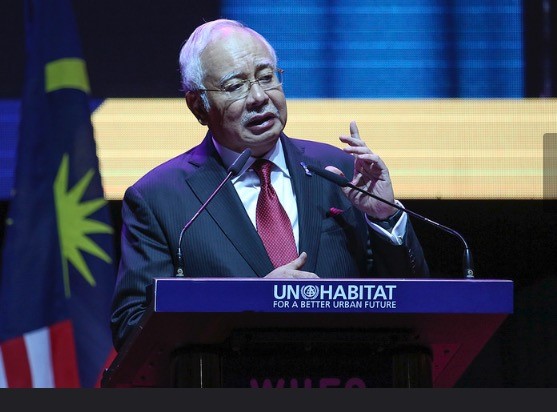
During a presentation, Najib Raza, the Prime Minister of Malaysia, stated that “[h]ousing, when sustainable and inclusive, can positively impact the economic and social well-being of a community.” Other speakers emphasized the importance of public and private agencies collaborating with governments to craft creative solutions and innovative practices that achieve the NUA’s sustainability goals. The challenges of integrating refugees and displaced persons into the New Urban Landscape were discussed during the sessions. Presenters shared strategies that could be used locally to help alleviate the tensions between these populations and their host countries.
Many presenters noted that the successful implementation of the NUA requires support and cooperation from the government. Women from Africa and Turkey spoke of how lack of political support and frequent regime changes that made it difficult to adhere to the NUA in their communities, a challenge many developed nations haven’t experienced. Mauricio Rodas, the mayor of Quito, Ecuador, spoke of the need to have ethical political and governmental leaders with vision and a will to implement the NUA. Zoleka Mandela, Nelson Mandela’s granddaughter, delivered an inspirational message on the importance of including the voice of the world’s youth when implementing the NUA. She ended her remarks by pledging her energy, support and advocacy efforts for this global initiative.
Mayor Rodas also said that once the NUA is in its implementation stage, it will need to be embedded into local or national legislation to avoid setbacks or reversal of policies when political leaders change. The representatives at the Women’s Assembly also stressed prioritizing resources behind the commitments made at the WUF8 in Quito. They discussed the need for the removal of discriminatory policies that prevent women from engaging in local government and fostering a culture that invites women to have greater economic opportunity as the NUA moves forward.
Secretary General Michel Sudarskis and Deputy Secretary General Lola Davidson, representatives from the International Urban Development Association (INTA), one of NAHRO’s partner agencies, met the NAHRO delegation to address NAHRO’s interest in continuing to build collaborative relationships that create sustainable cities and communities. INTA spoke of their “Cities and Territories in Transformation,” the report of Act 1 of their Habitat III initiative, a strategic approach to sustainable urban development. We discussed creating panels in four US pilot cities where INTA and NAHRO would work at the local level. After this meeting, Michel and Lola extended an invitation for the NAHRO delegation to attend the World Urban Congress on April 16-17, 2018 in Malmo, Sweden.
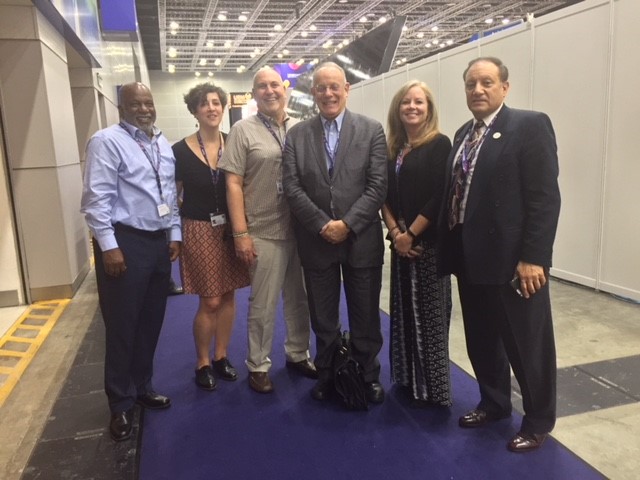
From left to right: Ramsey M. Jay, Lola Davidson (INTA), Don May, Michel Sudarskis (INTA), Tami Fischer, Dan Trozzi
More Articles in this Issue
- HD SUPPLY
Cutting the Cord: Preparing for the Next Wave of Window Coverings
Cordless blinds and shades have several features and benefits that have contributed to their growing… Award Winner: Consortium for Superior Service
The Fort Wayne Housing Authority (Ind.) developed the Housing Strategies Meetings from the Consortium to…Award Winner: A Proactive Discussion on Race
The Lake County Housing Authority (Ill.) developed a panel discussion where law enforcement officials, government…Innovation in the City by the Bay: The 2018 NAHRO Summer Conference
After an entire day of pre-conference committee meetings, Innovate 2018: IMAGINE officially began at 5:00…Award Winner: The Growing Experience
The Housing Authority of the County of Los Angeles (Calif.) developed an innovative community garden…
